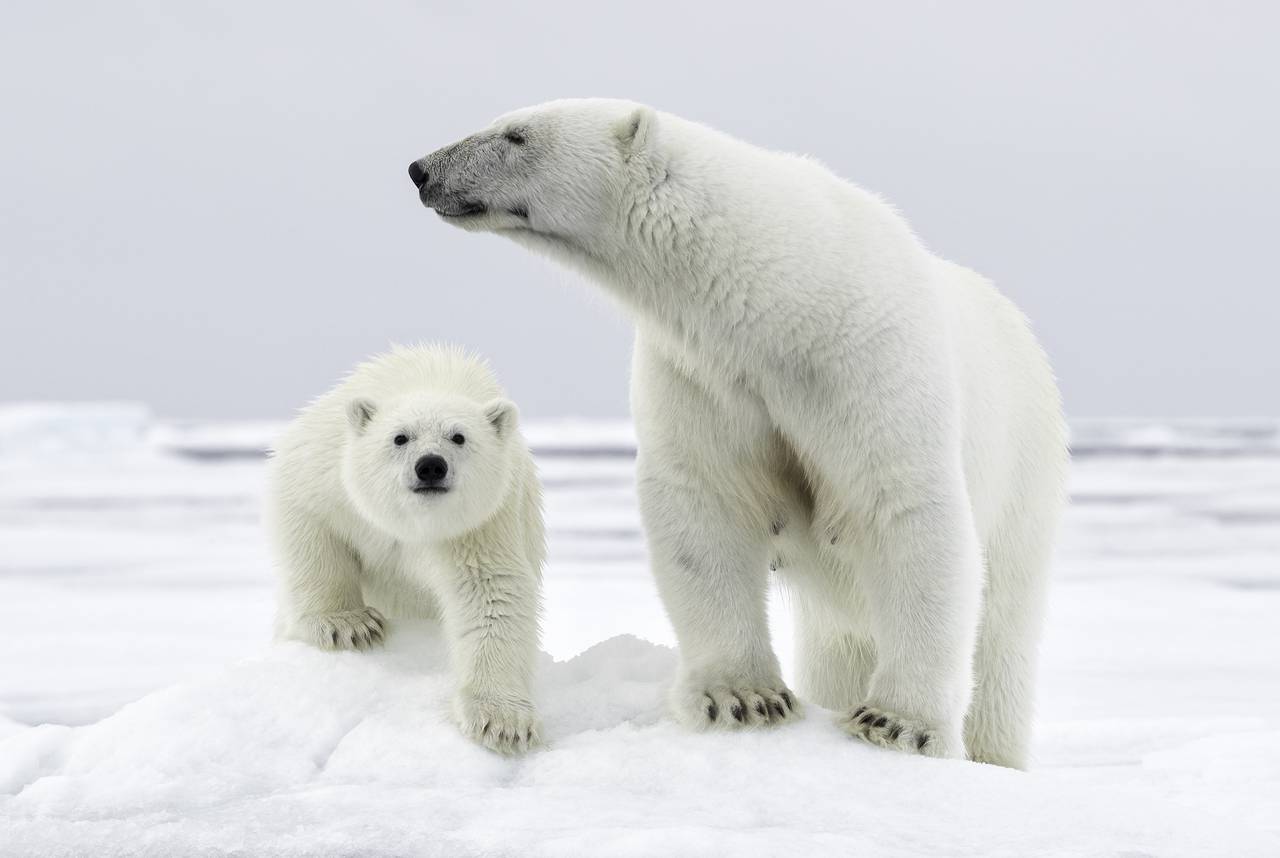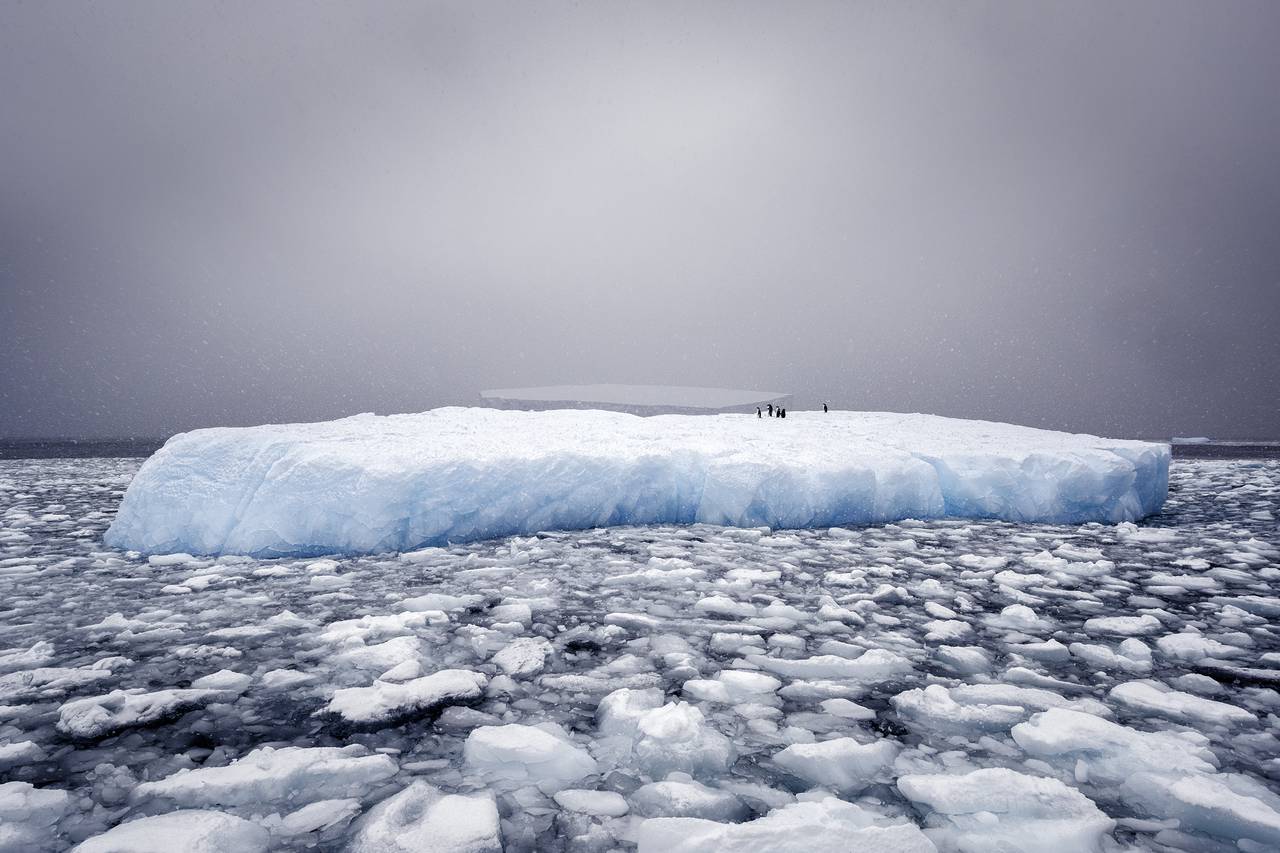Joshua Holko, successful award winning wild life photographer and Global Arctic Photographer of the year 2015, was recently awarded AIPP Victorian Documentary Photographer of the Year 2018 for his exquisite wildlife images shot in the most remote and harsh regions of our planet. Joshua started his photographic journey at Photography Studies College many years ago, completing the first semester of the Advanced Diploma (the 20 week Creative Photography Certificate) before embarking on a lifelong career doing what he loves. Joshua, took some time out of his hectic schedule to answer a few questions about his journey.

Image: Joshua Holko APP M.Photog I 2018 AIPP Victorian Documentary Professional Photographer of the Year
What have been your favourite moments on the job?
In the business of photography you are shooting 2% of your time and the rest is running a business. For me it’s the 2%, being out on the ice with the polar bears, with nature. The rest of it is just “waiting”. Steve McQueen once said racing is life and everything else is just waiting around, and it’s like that with photography for me.
When I'm not out on the ice, I am just counting days until I will next be back doing what I love most.
How do you protect yourself in the wild?
I might be photographing a bear from 100 metres away, but a bear can run 100 metres in 7 seconds so I have my snow mobile always running. I was photographing a male teenage bear a couple of years ago. It was 400-500 kg, hunting on the edge of the ice. It was slowly coming towards me so I started my snowmobile, and I just kept photographing. At 100 metres I got on my snowmobile and at 70 metres the bear took off like a rocket, straight for me, so I drove off on the snowmobile. You learn to read the signs of the animal. I knew that it was in hunting mode so I was ready for it.
They are remarkable creatures: They have an acute sense of hearing and they can smell a seal a mile off under the sea ice. Polar bears are predators so you just have to take extra precautions.
 Image: Joshua Holko APP M.Photog I 2018 AIPP Victorian Documentary Professional Photographer of the Year
Image: Joshua Holko APP M.Photog I 2018 AIPP Victorian Documentary Professional Photographer of the Year
So your top tips for photographing wildlife in extreme conditions?
The success on photographing wildlife depends on how much you know about the particular animal, so if you want to photograph wedge-tailed eagles, learn everything you can about wedge-tailed eagles. Learn about where they live, and what time they fly away from the nest so you can put yourself in the best position to photograph them.
Be prepared to invest the time, as you have to go out day after day to find the animal, find a good back drop, and wait for the right light. It’s extremely hard to get all three at once too. Also it is very expensive to do these expeditions. Insurance, flights, snowmobile hire is expensive also- about $8000 for 3 weeks, with fuel and accommodation on top. A three week expedition I just did cost about $20k.
What are your biggest challenges?
It depends on what I'm doing. In my personal work- eg photographing polar bears, the biggest challenge is finding them. There are not many left. Give it 5-10 years and the polar bear will likely be extinct . I did 3 weeks and 2000km on a snow mobile and I only found 3 bears. They are solitary animals anyway. They don’t like to be around other bears. It also depends on the amount of sea ice.
Another challenge is dealing with the cold- It’s very tough on gear and batteries, so equipment is constantly breaking down. Any gear other than pro level (eg Nikon D5 and Canon 1DX) will shut down after minus 25 and mirrorless after minus 15 or so. So you have to be using pro level gear. You can take your iPhone out of your pocket and take 2-3 photos with it and the phone will go completely flat. You put it back in your jacket to warm it up and the phone will come back to life.
Also you have to dress properly. Exposed skin can freeze in a matter of minutes. I can be out in minus 30-40.You have to have a high tolerance for the cold and if you aren’t prepared, its life threatening.
Physically it’s demanding. Driving scooters for hundreds of km per day is very tough. It’s not something you just get on and hang onto. You have to work it, like riding a horse. Also you have to know where it is safe to ride with all the crevices and you need good navigational skills because you can go out in perfect weather and end up in a white out in 5 minutes. So sometimes you are navigating solely by GPS.
If someone is thinking of doing a trip like this, what are your recommendations?
I would make the decision based on this; If you are going in a group, I think you should make the decision not so much on where you want to go, but what you want to shoot and who you want to shoot it with. That will have a huge bearing on your experience. I have spoken to many people who have been on other tours and chosen based on price, and then found they had little support as the leaders were there for themselves. When I guide photography expeditions, I tend not to shoot much. I can’t be in my zone when I look after a group of people so I balance it out by doing one or 2 trips for myself alone each year.
How did PSC help you to get where you are?
I learnt all the technical skills I needed to shoot and learnt a lot about art at PSC. That helped me get away from pretty sunsets and that sort of thing. I learnt a lot about composition. The technical and art side were very strong and the business side came later. Image: Joshua Holko APP M.Photog I 2018 AIPP Victorian Documentary Professional Photographer of the Year
Image: Joshua Holko APP M.Photog I 2018 AIPP Victorian Documentary Professional Photographer of the Year
Learn more about our Part Time Courses starting October 10, and begin your own photographic journey to the ends of the earth!
Call 9682 3191 for more information or email info@psc.edu.au
